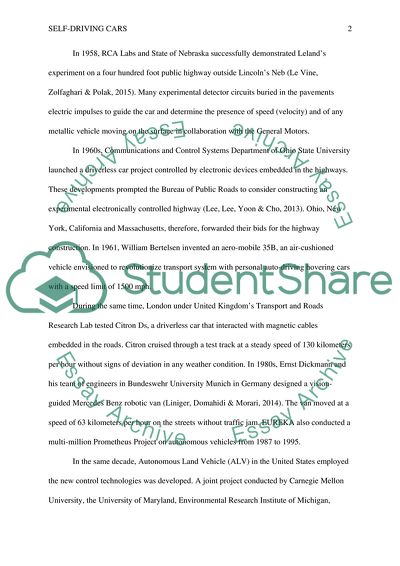Cite this document
(“Self-Driving Cars Research Paper Example | Topics and Well Written Essays - 3750 words”, n.d.)
Retrieved de https://studentshare.org/information-technology/1696387-self-driving-cars
Retrieved de https://studentshare.org/information-technology/1696387-self-driving-cars
(Self-Driving Cars Research Paper Example | Topics and Well Written Essays - 3750 Words)
https://studentshare.org/information-technology/1696387-self-driving-cars.
https://studentshare.org/information-technology/1696387-self-driving-cars.
“Self-Driving Cars Research Paper Example | Topics and Well Written Essays - 3750 Words”, n.d. https://studentshare.org/information-technology/1696387-self-driving-cars.


